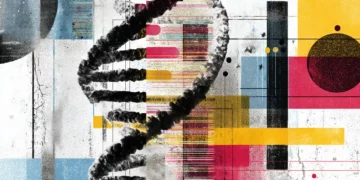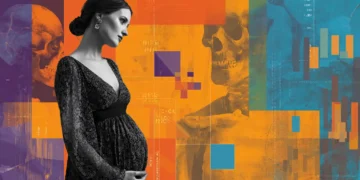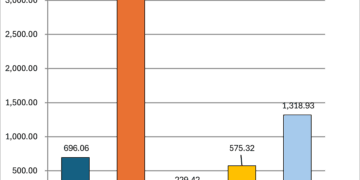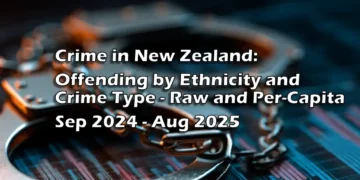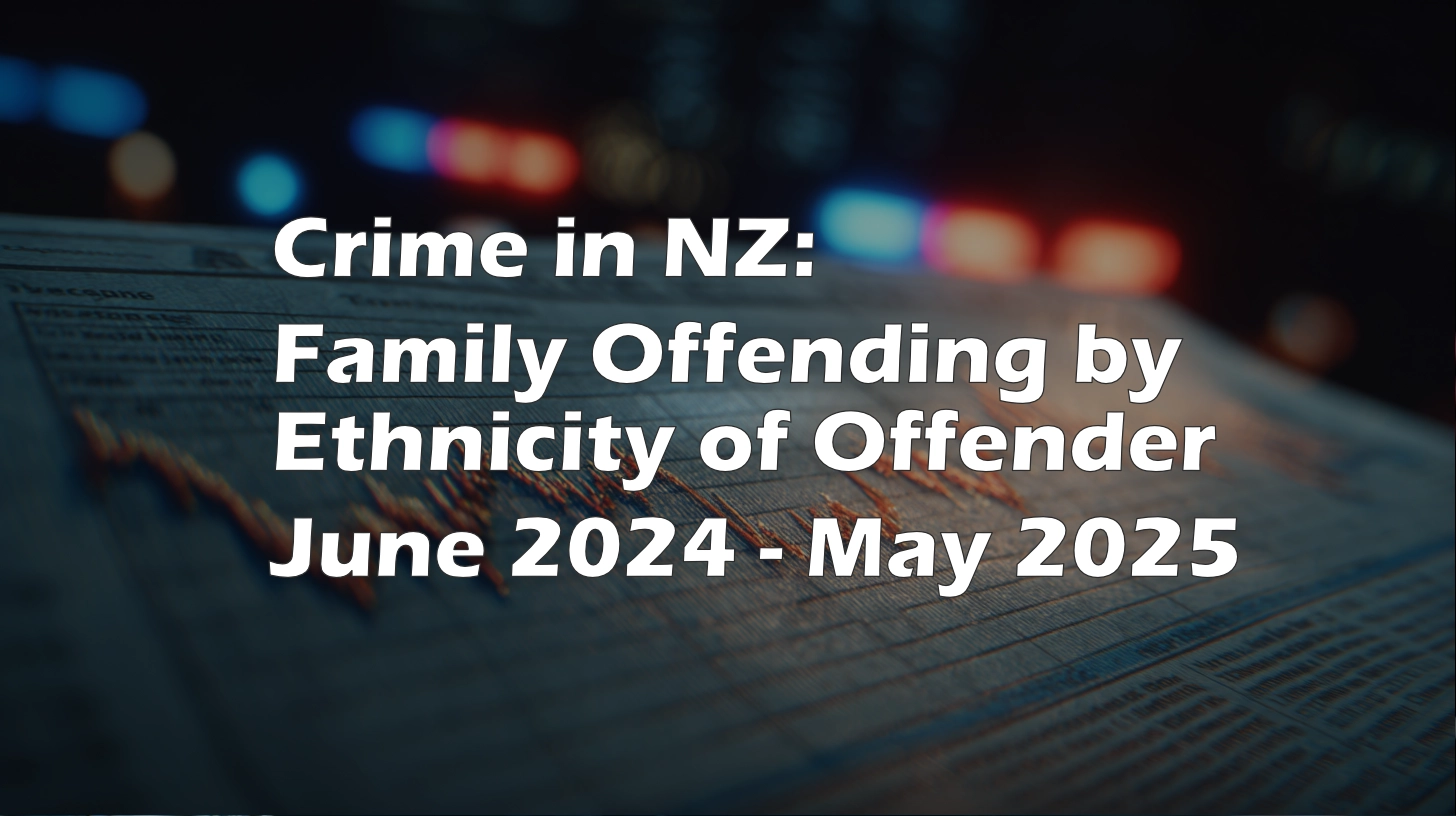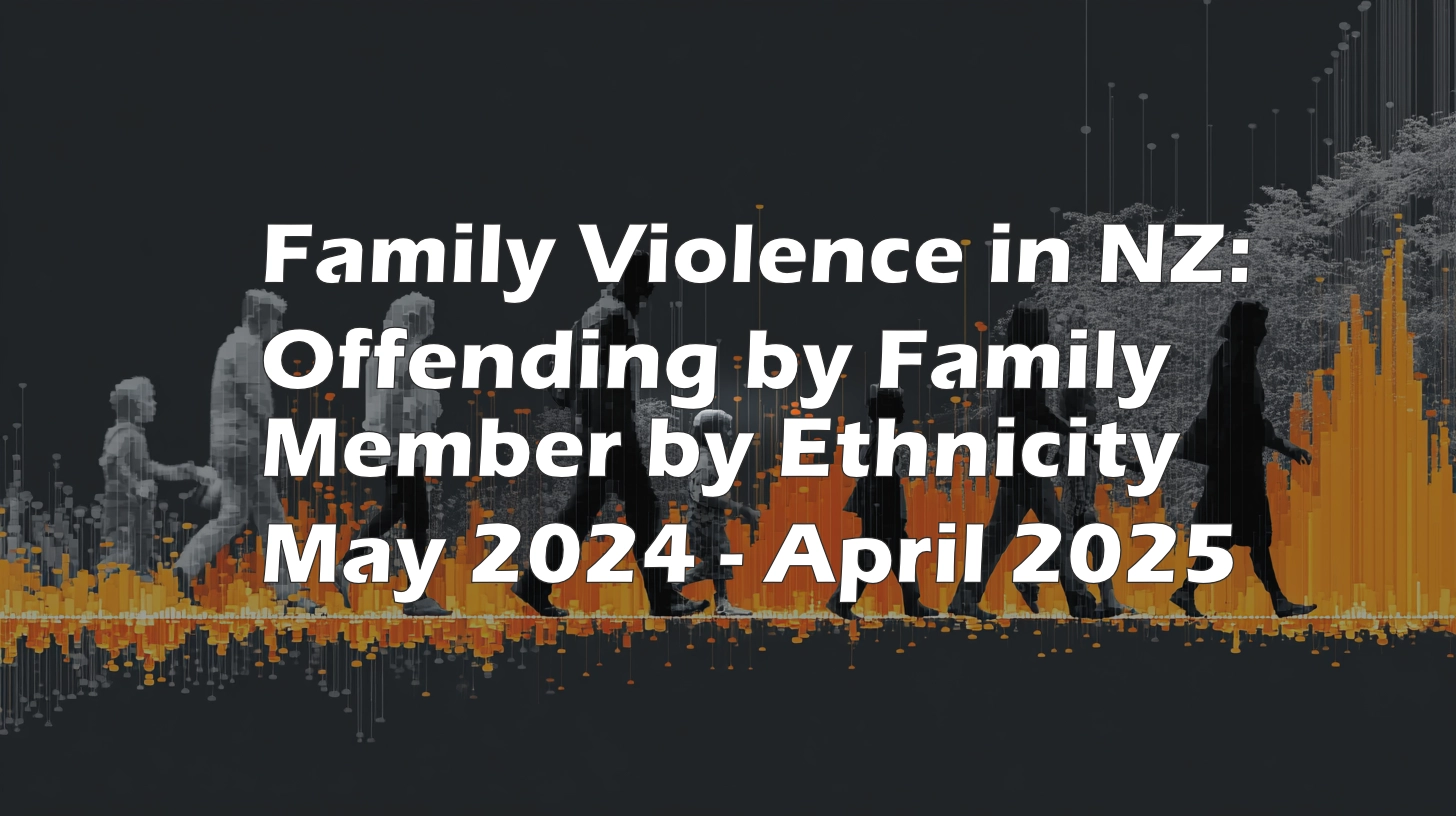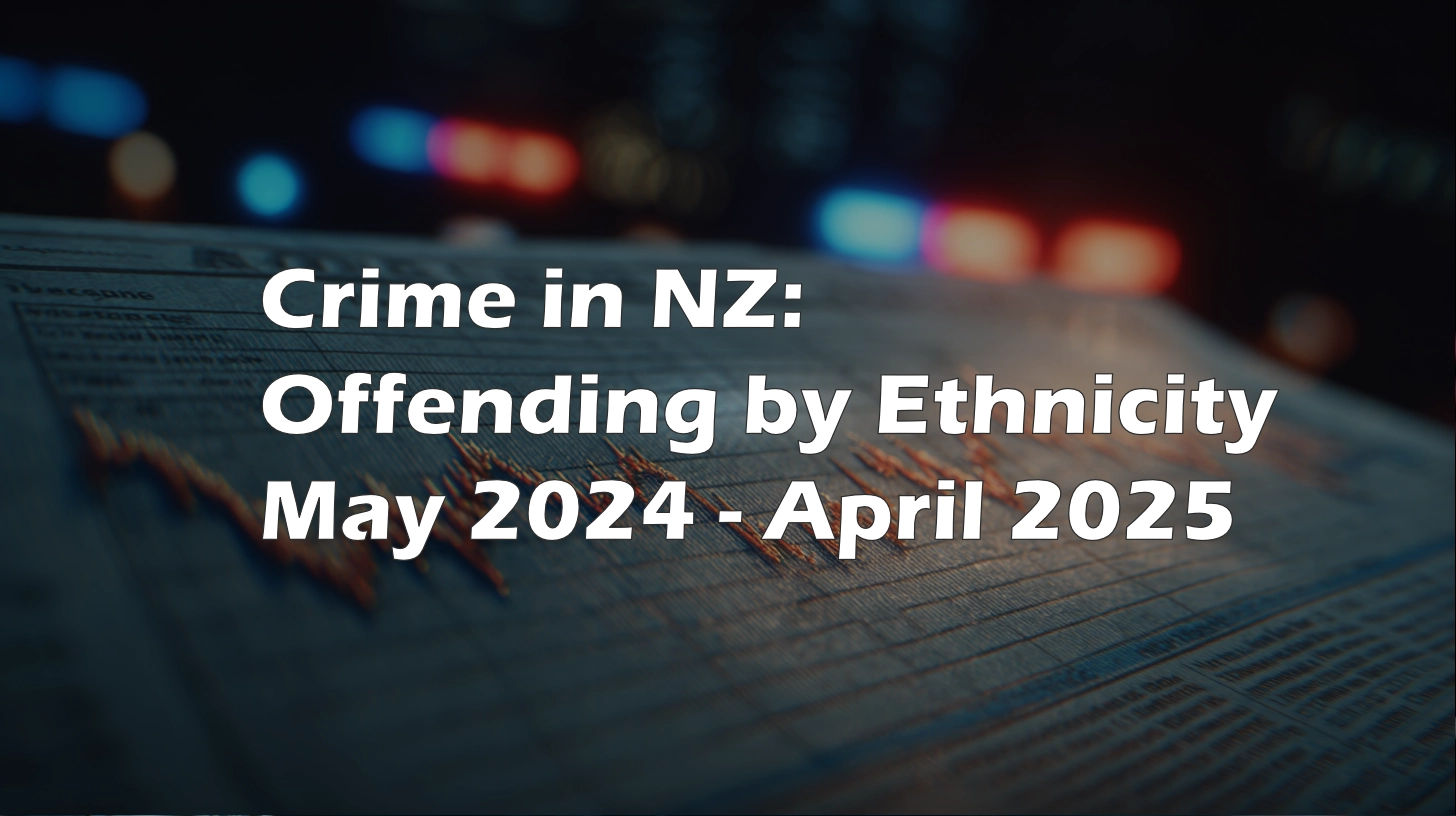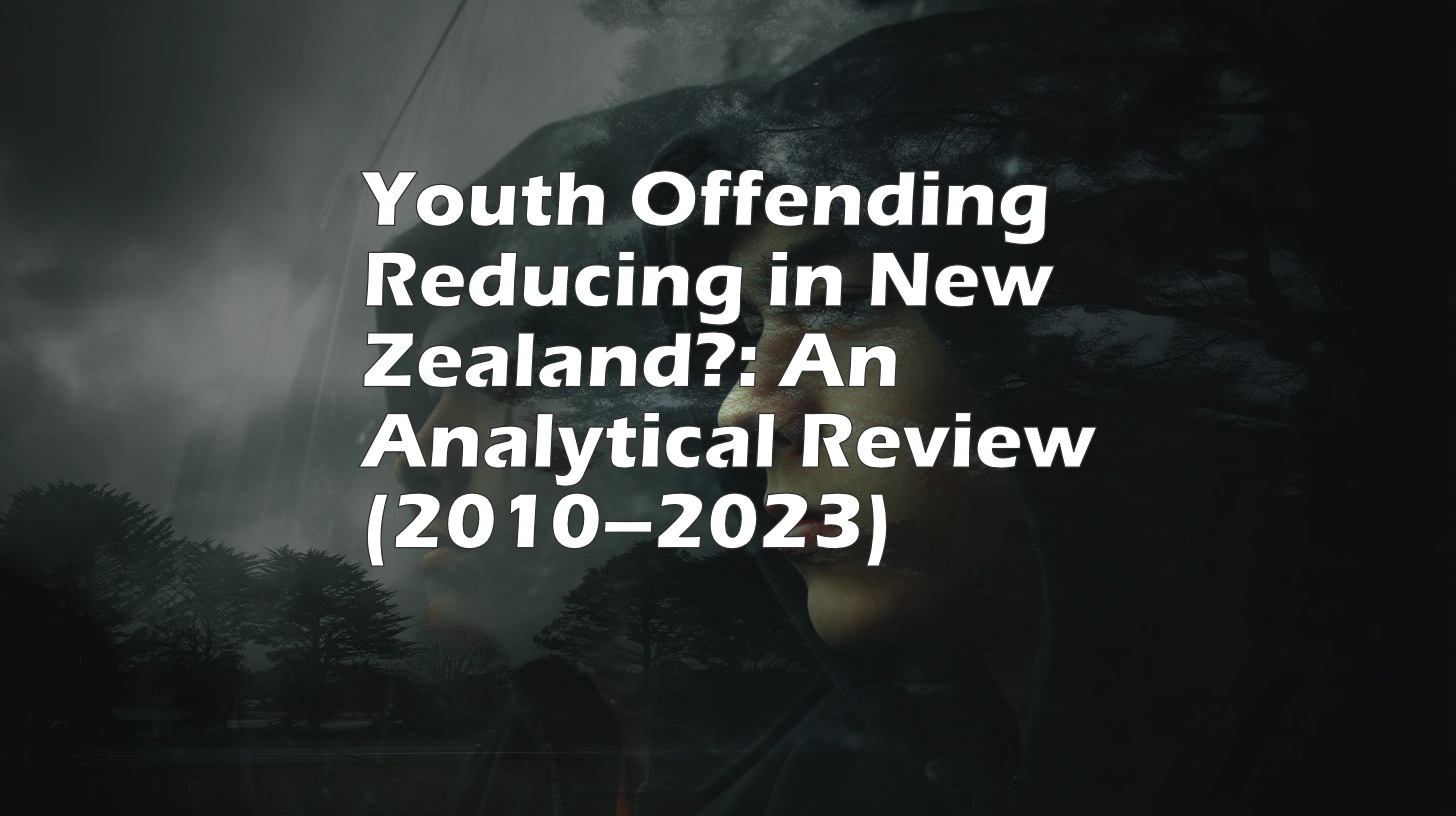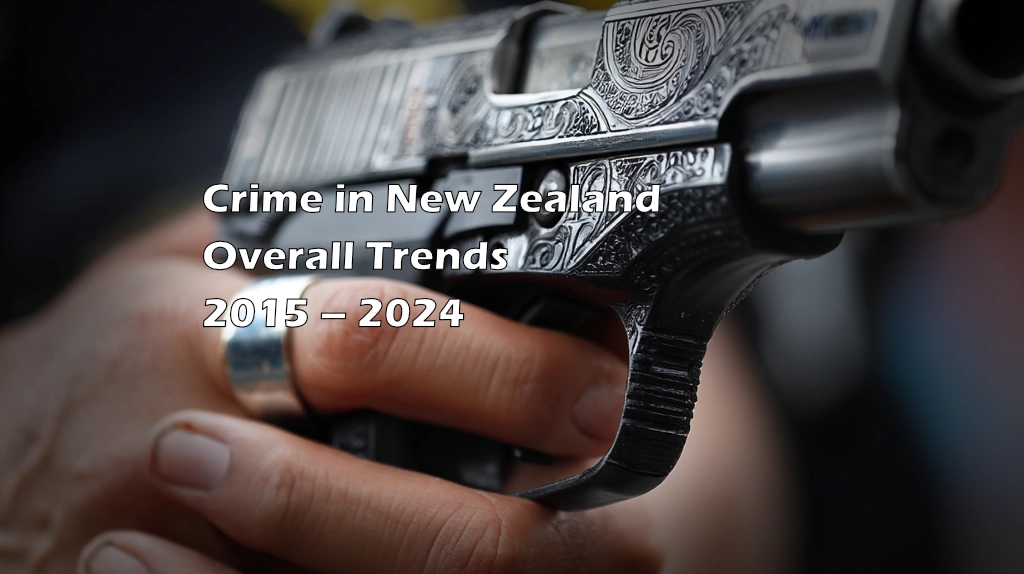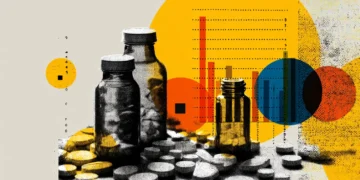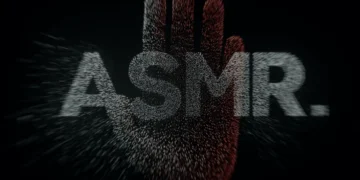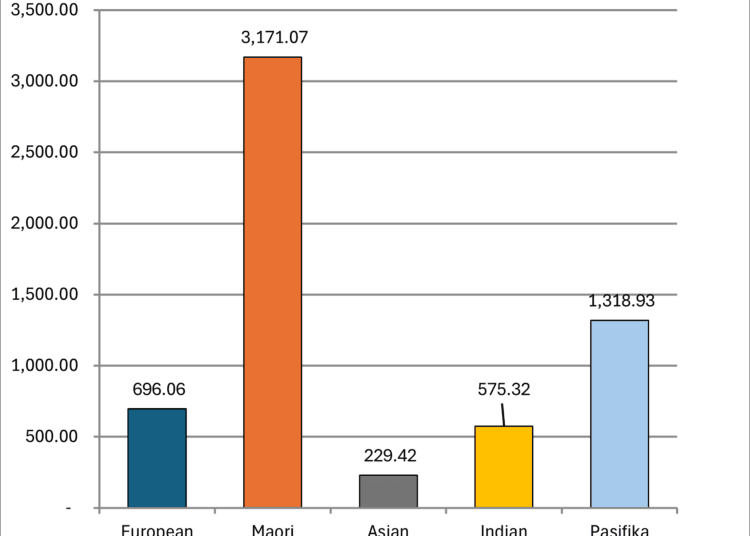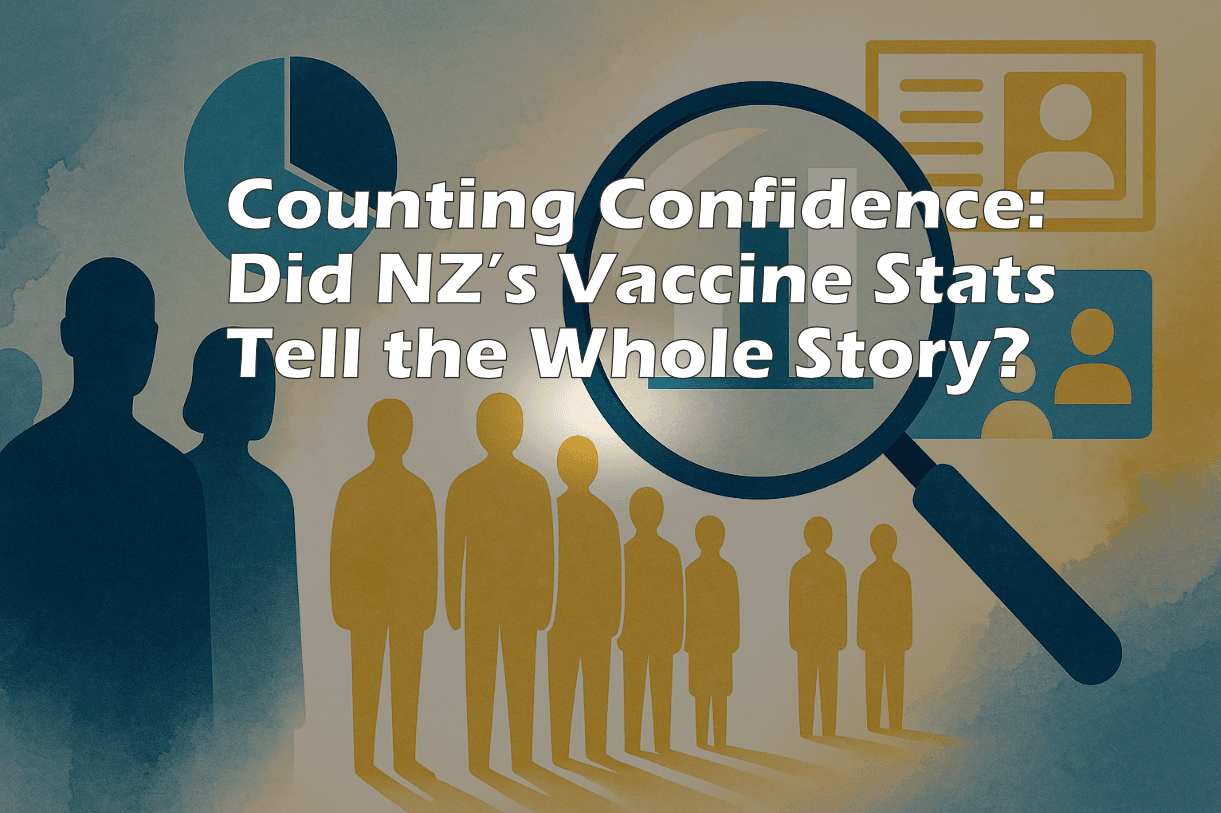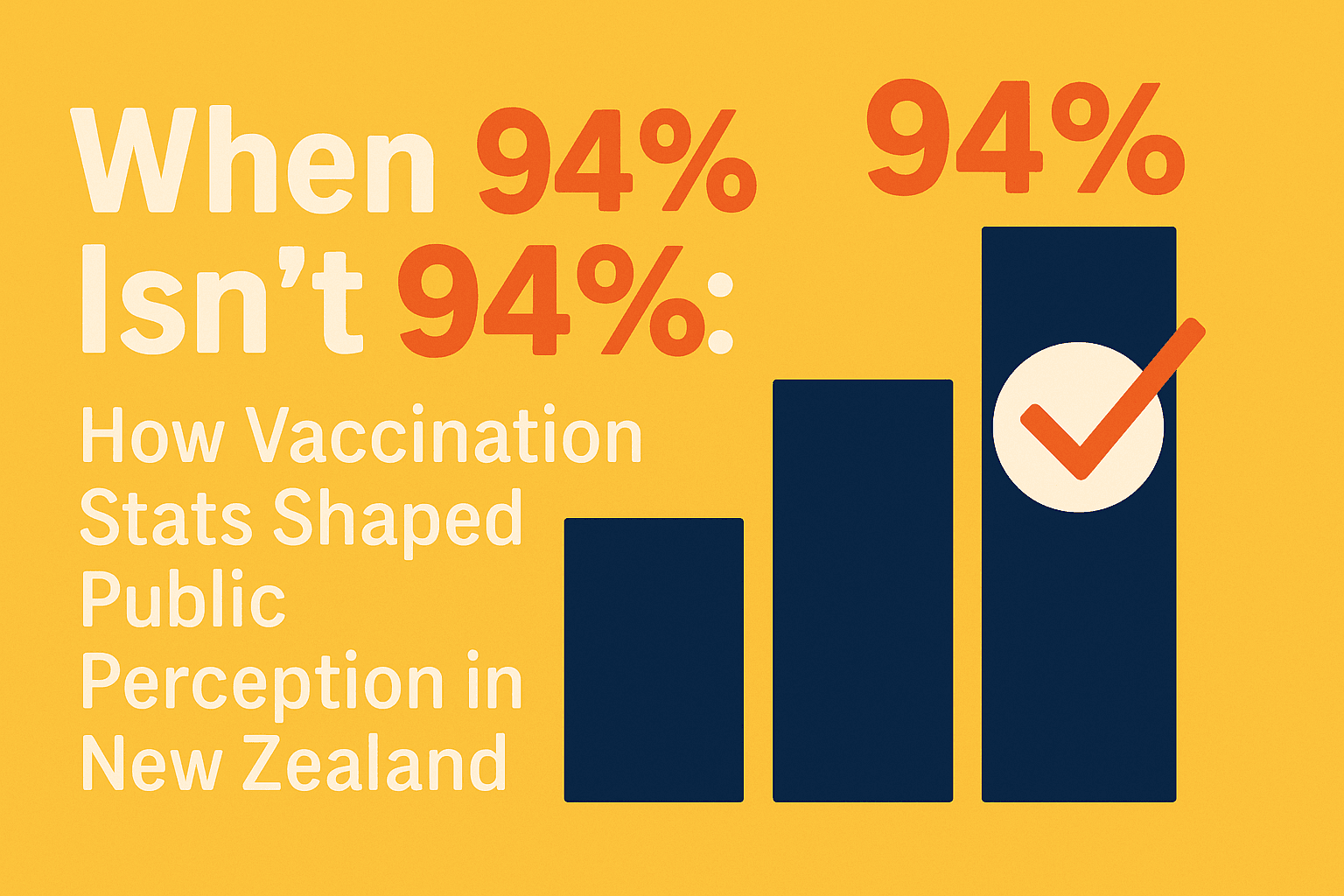Introduction
Drug crime in New Zealand has seen considerable shifts over the past decade, according to Ministry of Justice figures. Key drivers include an ongoing surge in methamphetamine cases, a changing legal and enforcement environment for cannabis, and persistent demographic differences in who is charged and convicted. This article examines historical trends in charges and convictions, the gap between charges and convictions, and the demographic patterns underlying these offences.
Section 1: Charges Versus Convictions—Shifting Prosecution and Outcomes
Total Charges and Convictions: 2015–2024
- Charges for all drug offences peaked in 2017 at over 16,000, then decreased notably before rising again in the past two years to nearly 15,000 for 2024.
- 2015: 13,954 charges
- 2017: 16,005 charges
- 2021: 12,092 charges (lowest in the period)
- 2024: 14,908 charges
- Convictions followed a similar trend, peaking in 2017 at 10,923 before falling and then rising again.
- 2015: 9,168 convictions
- 2017: 10,923 convictions
- 2021: 7,583 convictions
- 2024: 8,536 convictions
Conviction Rates
- The percentage of charges resulting in a conviction has declined slightly, from 66% in 2015 to 57% in 2024.
- 2015: 66%
- 2017: 68%
- 2024: 57%
Trends by Drug Type
- Methamphetamine: Now accounts for nearly half (48%) of all drug charges, up from 34% in 2015.
- Cannabis: Declining steadily as a share of total charges (from 47% in 2015 to 36% in 2024), and also dropping in absolute number.
- “Possession or use” charges remain the most common, but “dealing/trafficking” and “import/export” are growing as a share, matching the methamphetamine surge.
Section 2: Trends by Offence Sub-Type
Outcomes and offending types show notable divergence:
- Possession/Use: In 2024, 48% of charges were for possession and/or use alone. Conviction rates for these are around 72%.
- Dealing/Trafficking: Now 42% of charges, up from 36% in 2015. The conviction rate is lower (between 60–74% depending on year and drug).
- Methamphetamine-related charges: Not only are they growing, but they also show higher conviction rates relative to cannabis.
Section 3: Demographic Patterns
Gender
- Males are consistently responsible for the majority of drug offending.
- In 2024, 81% of those charged and 82% of those convicted were male.
- The male share has been stable since 2015.
Ethnicity
- Māori: Dramatic and persistent overrepresentation:
- 45% of those charged and 48% of those convicted in 2024, with Māori making up about 17% of the NZ population.
- Māori conviction rates have crept upward as a proportion of all convictions over the period.
- European: Although still the single largest ethnic group for some years, their share of both charges and convictions has declined from over 50% to just over 40%.
- Pacific peoples: Now comprise 9% of those charged and 8% of those convicted; both proportions have grown slowly since 2015.
- Asian and Other ethnicities: Stable, low proportions (3–4%).
Age
- Shift Towards Older Age Groups: The share of charges and convictions involving people under 25 has halved since 2015.
- In 2015, nearly 30% of those charged were aged under 25; in 2024, it is 18%.
- The 30–44 age group now accounts for about 35% of all drug charges.
Section 4: Sentencing Trends
- Imprisonment as the most serious sentence for drug offences has declined by volume since 2017, with a notable drop in 2021 but a recent uptick in 2024 (1,042 people imprisoned in 2024 for drug convictions).
- Community-based sentences (home/community detention, supervision, intensive supervision) have grown in relative use.
- Few people imprisoned strictly for possession/use of drugs and no other offences (15 such cases in 2024).
Section 5: The Big Picture—Interpretation
Key trends:
- The “Meth Wave”: Methamphetamine (‘P’) continues to reshape the NZ drug crime landscape. Meth charges and convictions outpace cannabis, which is falling in both numbers and share, likely reflecting social and legislative change.
- Policing and Courts More Focused on Supply: A significant shift from policing ‘users’ to targeting manufacturers, importers/exporters, and traffickers, especially for methamphetamine.
- Ethnic Disparity: Māori continue to be overrepresented at every stage, and this gap has not closed over the decade.
- Younger People Less Involved: The “face” of the average drug offender is now older and more likely to be male and Māori.
Conclusion
New Zealand’s drug offending profile has changed dramatically since 2015, with methamphetamine overtaking cannabis as the dominant illicit drug issue, the continued overrepresentation of Māori and other disparities, and a gradual policy pivot towards reducing the prosecution of personal possession and use, especially for cannabis. Despite periodic flurries in charge numbers, the past few years suggest a sustained shift away from simple possession and towards tackling more serious supply and trafficking crimes.
Sources: Ministry of Justice, “People charged and convicted of drug offences, 2015–2024.” Data as of March 2025. (For population comparisons, Stats NZ 2023 Census.)


